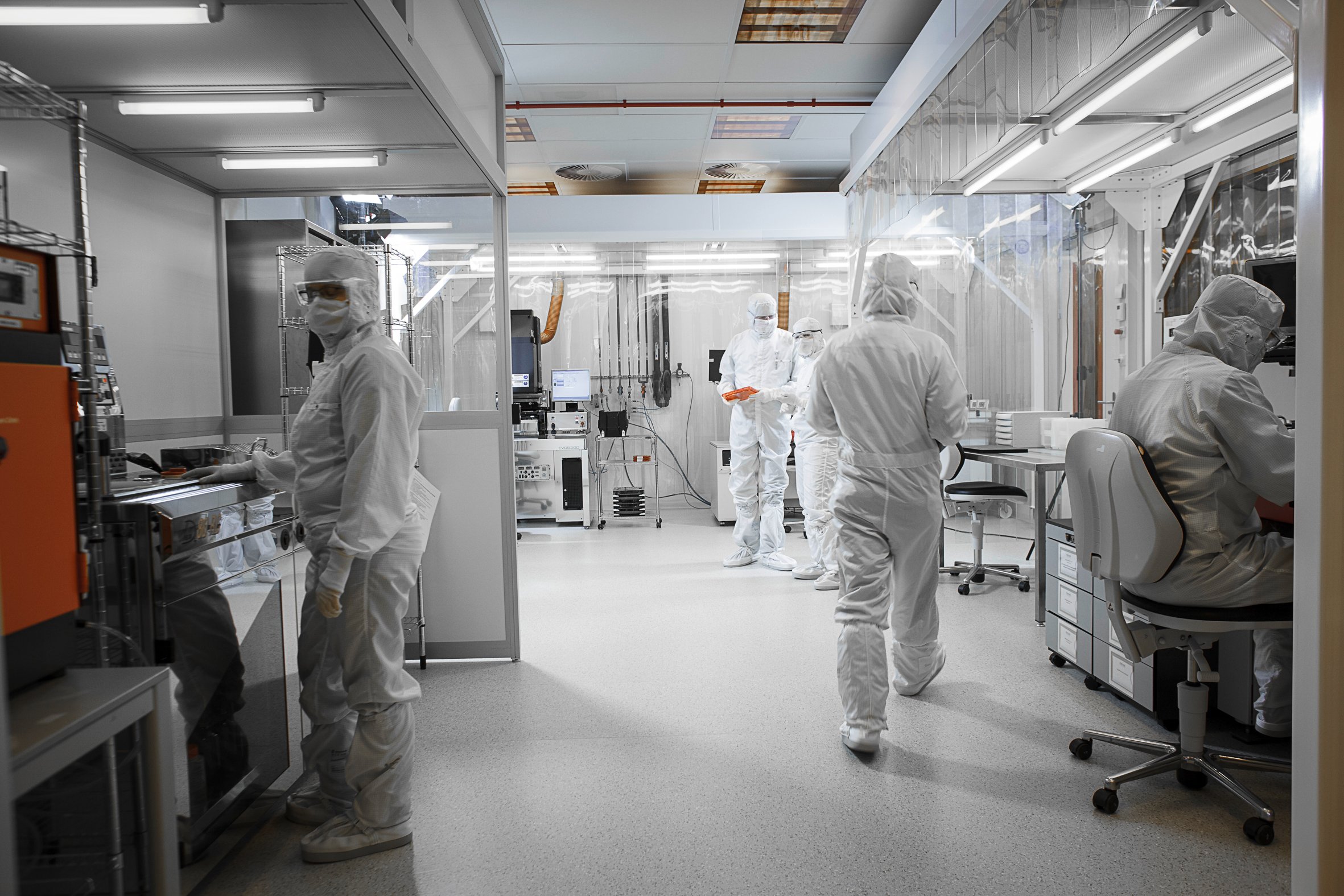
Micronit from the Dutch town of Enschede has grown over the years into a world player in the market for microchips, specifically ‘microfluidic chips’. These are used in hospitals and laboratories around the world, among other things, for cancer research and, more recently, for research on COVID-19. The company grew from a start-up to a scale-up, and CEO Ronny van ‘t Oever has learned one valuable lesson in the process: “You might have a fantastic medical product, but you can only truly achieve success if you have a clear idea of exactly who your customers are going to be.”
How does analysis with the help of a microfluidic chip work?
In order to gain more insight into how such things as a virus work, analyses are performed with the aid of a microfluidic chip. To do this, blood or mucus is taken from a patient and applied to a chip after being chemically processed. The chip is then placed in a machine that examines, among other things, the DNA and RNA of the virus. In microfluidic chips, the exact sequence of DNA and RNA building blocks is determined with the help of a sensitive microscope. A process that is also known as sequencing. This is how you find out more about how a virus works.
How is Micronit faring at the moment?
“We are doing really well, just like the MedTech sector is as a whole. We have scaled up quite a bit in recent years. There is a huge demand all over the world for companies that are capable of providing solutions that are designed to keep people healthy for longer. Innovative technologies also play a role here. We ourselves aren’t supplying finished products, but rather helping our customers develop medical products themselves.
We are involved in bringing more and more products to the market that focus on DNA analysis, the administration of medication, and most recently, organ-on-a-chip solutions as well. This is a kind of microfluidic platform that is used to simulate the physiological function of organs. Micronit is working with partners in the NXTGEN HIGHTECH national growth fund program to bring this to market.”
Your lesson is: Define well in advance who you are making your product for. – Can you shed some light on that?
“What I often see is that start-ups have a great technological innovation but are then primarily focused on the technology behind it. While it is absolutely just as important to ask yourself the question: Who is ultimately going to use my product and under what circumstances? If you approach things from that premise, then sometimes a medical product that you had in mind initially can look very different.”
So how did you learn this lesson at Micronit?
“We have noticed a trend that is underway in the medical world, which is that medical innovations are being made increasingly more for consumers. Take, for example, heart rate monitors that are integrated into phones. During the design phase, you already have to start considering whether a professional is going to use your product or a consumer. Take our cartridges, for example. These are products that, like corona tests, can be used by patients on their own. What exactly should these look like if customers are going to use them at home? What are the conditions under which they have to be able to function?
We then need to make them sturdy and easier to use. And what happens to the shelf life of these cartridges if customers leave them on the shelf for some time at home? You also have to deal with new regulations when you make products for consumers. Recently, changed legislation on medical products has significantly increased the amount of investment that is needed to bring a product to market. You can’t start thinking about aspects like that early enough.”

How does Micronit leverage the MedTech ecosystem in Twente to design and market products?
“One of the main reasons why we are based here at Kennispark is because we want to be near the talent which is present at the University of Twente. We are working together with the university on several projects, such as our organ-on-a-chip solution. We also notice that the whole ecosystem here in Twente has moved on to the next phase. Partner companies are raising funding, plus we are seeing more and more MedTech products from Twente appearing on the market. That’s great to see.”
What are you most proud of so far?
“That we can really mean something to healthcare by helping to improve cancer treatments, for one thing. And that people can ultimately lead healthier lives, thanks in part to our technological innovations. I really get a lot of satisfaction from that.”
Where do you hope to be in ten years from now?
“Our dream is that Micronit will make products for millions of people and help them to remain healthy or get healthy.”


